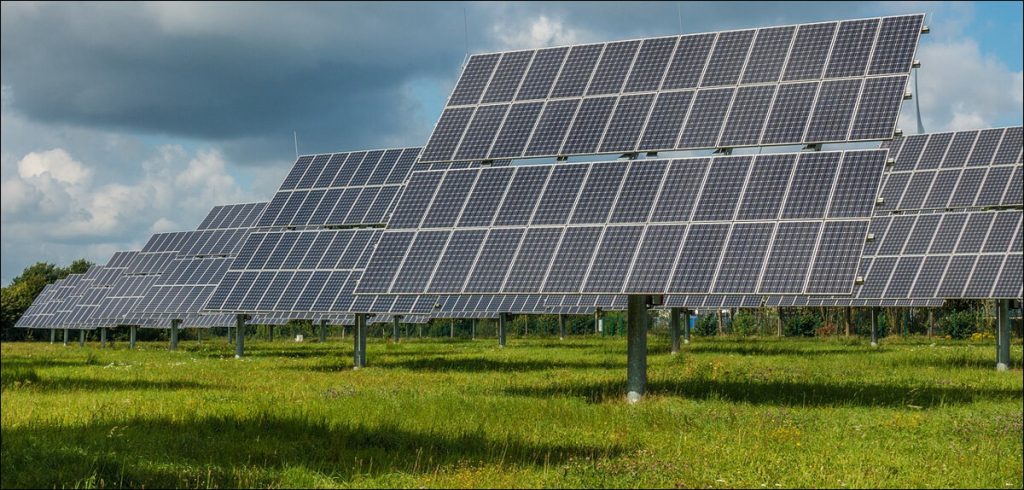As India strives to achieve its target, finding innovative solutions will be crucial in ensuring the sustainability, success of the solar energy sector in the country.
Don’t let Google trends ruin the optimism in solar power as we may soon become the world’s biggest market for Solar everything. Google trends indeed indicate an optimistic trend given searches have increased over the last few years. But with power tariffs increasing and discoms doling out significant benefits, that trend may not be representative of the huge enthusiasm around solar.
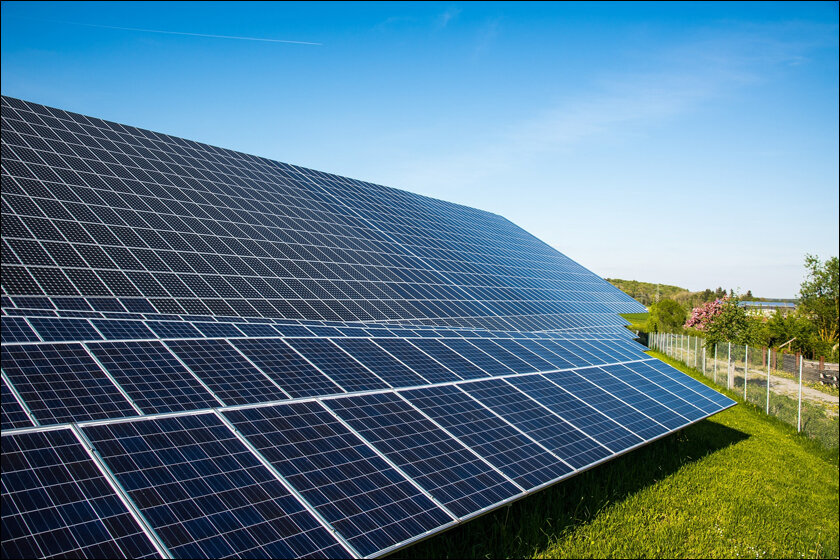
According to the IEA (International Energy Agency), India added 40% more solar power projects than it did a year ago. India also identified a target to increase PV capacity auctioned to 40 GW annually and dynamic development of the domestic supply chain as a measure to boost PV growth. According to the IEA, solar PV generation increased by a record 270?TWh (up 26%) in 2022, reaching almost 1 300 TWh.
India has targeted achieving 280 out of the 500 GW renewable capacity from solar by 2030. According to a recent collaborative report by the Institute for Energy Economics and Financial Analysis (IEEFA) and JMK Research and Analytics, India is poised to achieve self-sufficiency in solar photovoltaic (PV) module production.
This remarkable feat will be accomplished by adding an impressive 110 gigawatts (GW) of PV module capacity over the next three years. Consequently, India is on track to become the world’s second-largest PV manufacturing nation, trailing only behind China.
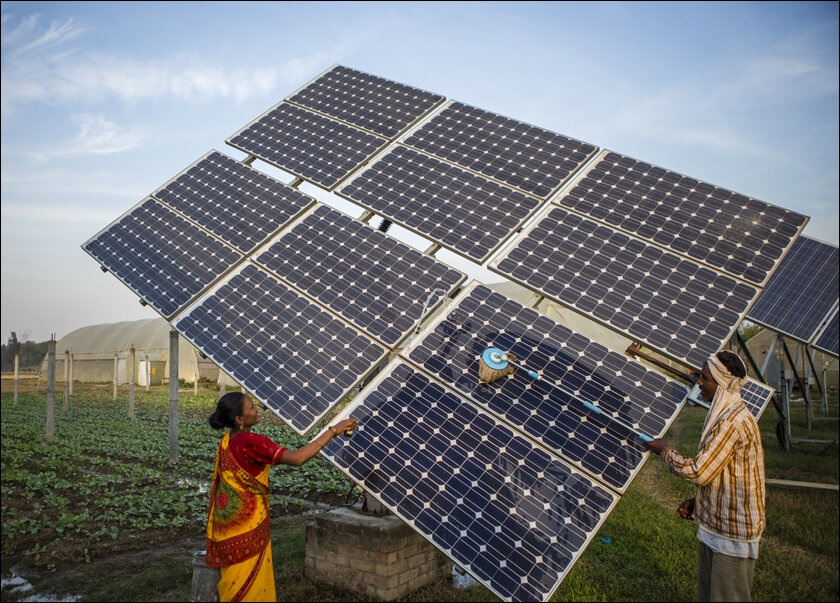
OPPORTUNITIES IN INDIA:
The country’s geographical location blesses it with abundant sunlight year-round, boasting of approximately 300 sunny days annually. This makes India an ideal environment for solar energy generation. Estimates suggest that India has the capacity to generate an impressive 748 gigawatts (GW) of solar power, far surpassing its current capabilities. For reference, power consumed in June stood at nearly 140 billion watts or 5.34 times of what India could expect to generate from solar.
Relying on a solar supply for round-the-clock uninterrupted power supply may seem a far-fetched proposition currently. But, in rural areas, access to solar is a boon. India’s rural regions present significant potential for off-grid and decentralised solar solutions. Solar-powered microgrids and mini-grids hold the promise of providing electricity to remote villages, transforming lives and stimulating economic growth.

Solar also presents a compelling opportunity from a manufacturing perspective since PVs are largely imported from China. The burgeoning demand for solar panels and equipment in India offers investment opportunities in solar manufacturing plants that can serve both domestic and international markets. The solar industry is a robust source of employment, generating jobs in manufacturing, installation, maintenance, and research and development as it continues to expand.
There may be instances of innovation given the promise in areas such as integrating energy storage solutions, including advanced battery technologies, holds tremendous promise. Coupling solar power with efficient storage ensures uninterrupted electricity supply, even during cloudy days or at night. Furthermore, Innovations in grid integration technologies are pivotal for grid stability and reliability. Opportunities exist for companies specialising in grid management and smart grid solutions.
Naturally to India, the growing expertise in solar energy, meets the country’s potential to become a significant exporter of solar technology, components, and expertise to other nations seeking to embrace renewable energy solutions. India’s ascent to becoming the world’s largest solar market underscores its commitment to sustainable and clean energy sources. The opportunities within India’s solar sector are not just economically promising but also contribute to global endeavours to combat climate change. As the nation continues to harness the power of the sun, it warmly invites investors, innovators, and entrepreneurs to partake in this transformative energy revolution.
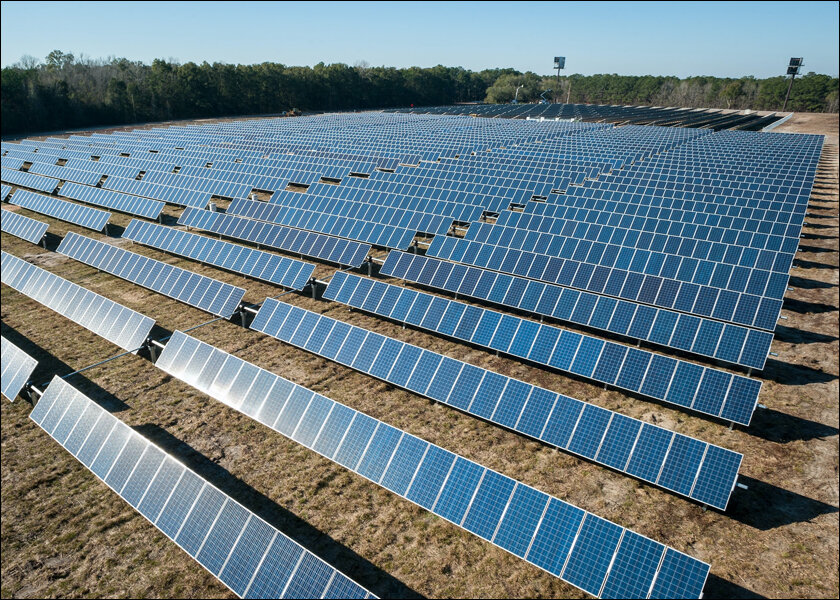
TACKLING CHALLENGES:
India has significant lessons from China which saw its share in production of PVs increase from 50% in 2010 to around 70% in 2022. As part of its PLI initiatives, the Indian government promoted local manufacturing through incentives estimated at $3.2 billion over the last three years. Encouraging initiatives have resulted in wide-spread solar adoption. For example, states such as Gujarat, Rajasthan, Karnataka, and Tamil Nadu already have deployed solar power generation beyond 9 MW in each state. Gujarat accounts for a whopping 57% of upcoming PV manufacturing capacity while several cities in the state have claimed reasonable success.
Besides financing and land acquisition challenges, some aspects such as grid integration, quality control, and import dependence may still trouble the country. Integrating intermittent solar power into the existing power grid infrastructure poses technical challenges.
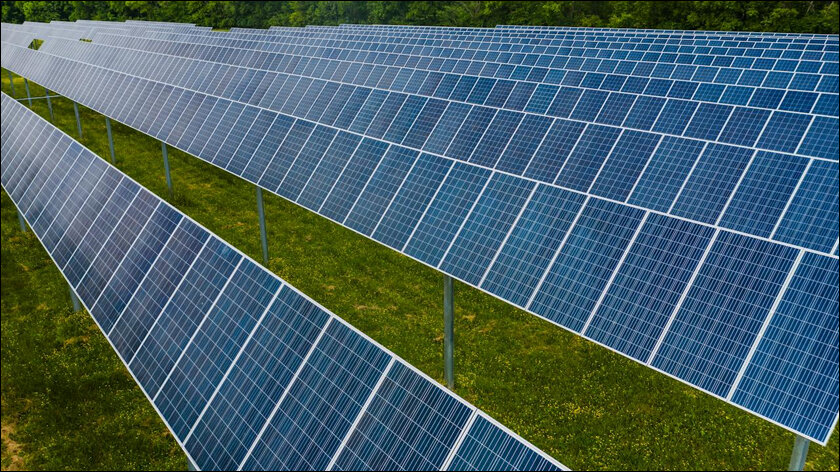
Ensuring a stable and reliable grid while accommodating the variable nature of solar generation is critical. Investment in grid upgrades and smart grid technologies is essential to overcome this challenge. Ensuring the quality of solar equipment and installations is vital to the long-term performance and reliability of solar projects. The market has seen instances of substandard components, leading to operational issues and reduced lifespan of solar installations.
India relies heavily on solar equipment imports, primarily from China. Reducing import dependency and promoting domestic manufacturing is a priority, but it presents challenges in terms of competitiveness and cost-effectiveness.
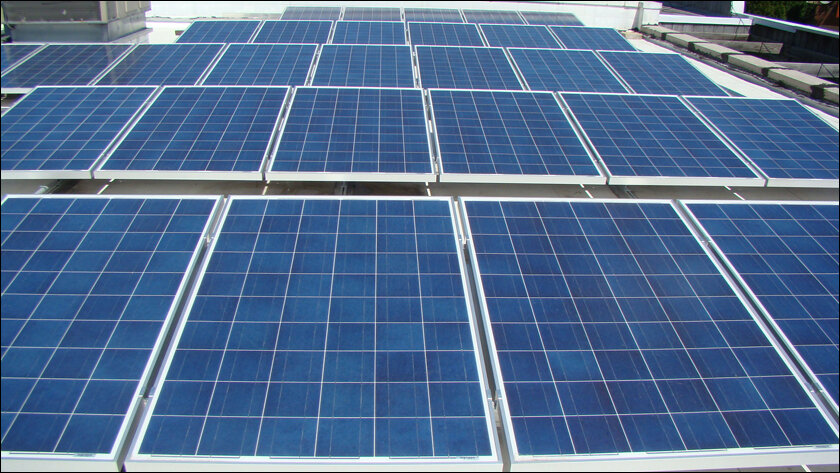
India has secured its position as the world’s third-largest solar market, following China and the United States. This achievement comes as India’s solar capacity reached 8.3 gigawatts (GW), encompassing both large-scale solar projects and rooftop solar installations, as reported by Mercom Communications India. However, despite the challenges and opportunities, India’s solar market continues to grow and evolve.
Addressing hurdles requires a concerted effort from government bodies, industry stakeholders, and investors. As India strives to achieve its ambitious renewable energy targets, finding innovative solutions to overcome these challenges will be crucial in ensuring the sustainability and success of the solar energy sector in the country.
In case you missed:
- None Found



